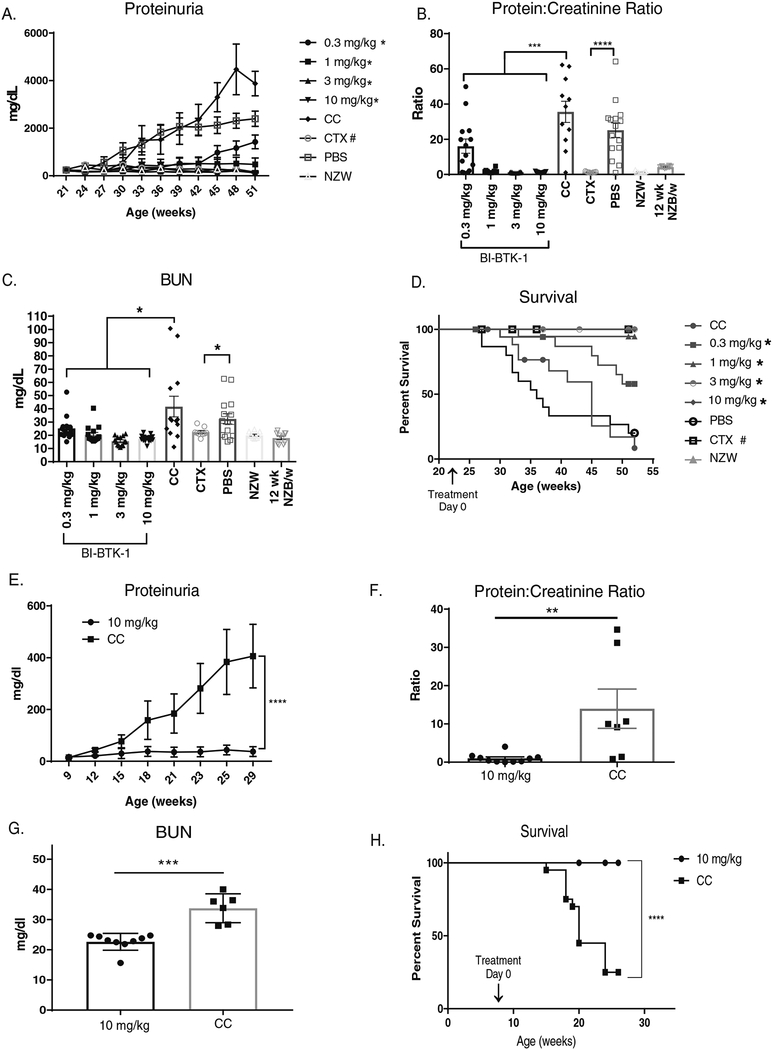Figure 1. BI-BTK-1 prevents renal disease in lupus mouse models.
NZB/W mice were treated with varying doses of BI-BTK-1 starting at 22 weeks of age. (A) BI-BTK-1 significantly inhibited proteinuria over the course of the experiment in a dose dependent manner compared to mice fed with control chow (CC) (* significant relative to control chow, # significant relative to PBS), and (B) significantly reduced protein: creatinine ratios measured at sacrifice. BUN levels at sacrifice were attenuated with BI-BTK-1 treatment (C). BI-BTK-1 improved survival, which was defined as the mice not reaching the humane endpoint of proteinuria of >2000 mg/dl on two separate days within the same week (D) (* significant relative to control chow, # significant relative to PBS). (BI-BTK-1 0.3 mg/kg, n=14; 1 mg/kg, n=15; 3 mg/kg, n=14; and 10 mg/kg, n=15; CC, n=13; 50 mg/kg cyclophosphamide IP, n=9; PBS IP, n=15; NZW control, n=10; 12 week old NZB/W control, n=10). MRL/lpr mice were also treated with BI-BTK-1 at 10 mg/kg starting at 8–9 weeks of age. Compared to control treated mice, BI-BTK-1 treatment significantly reduced proteinuria (E) (BI-BTK-1, n=12; control, n=12), protein:creatinine ratios (F), and BUN levels (G) (BI-BTK-1, n=9; control, n=7). BI-BTK-1 improved the survival of MRL/lpr mice, as defined by not reaching proteinuria levels of >2000 mg/dl on two separate days within the same week (BI-BTK-1, n=15; control, n=15). (*p<0.05, ** p<0.01, *** p<0.001, **** p< 0.0001, #p<0.05).

